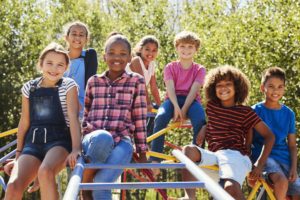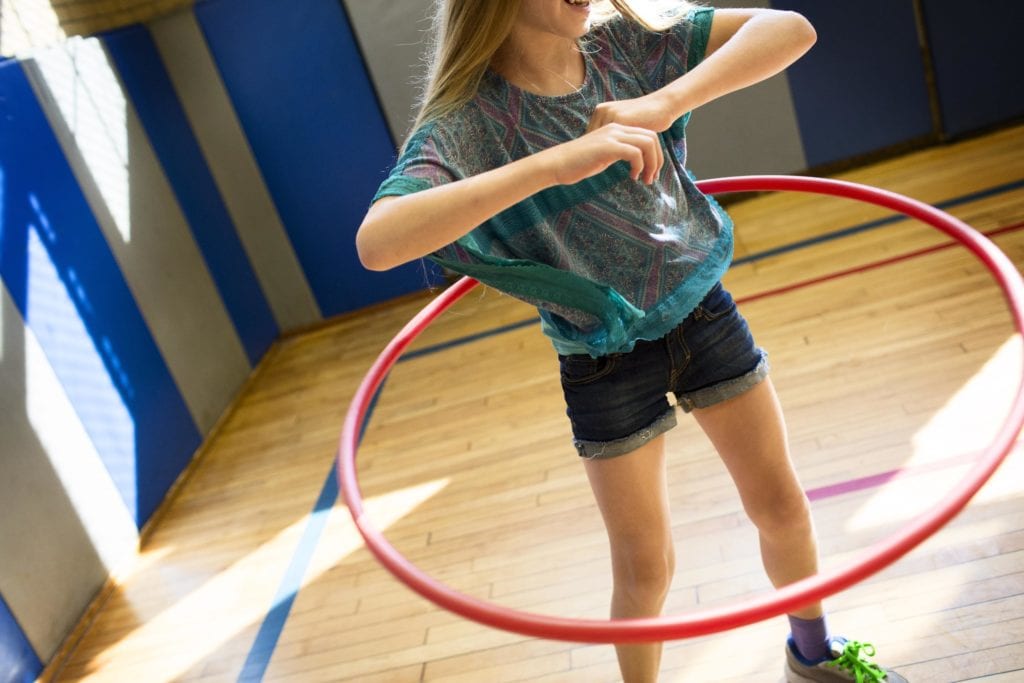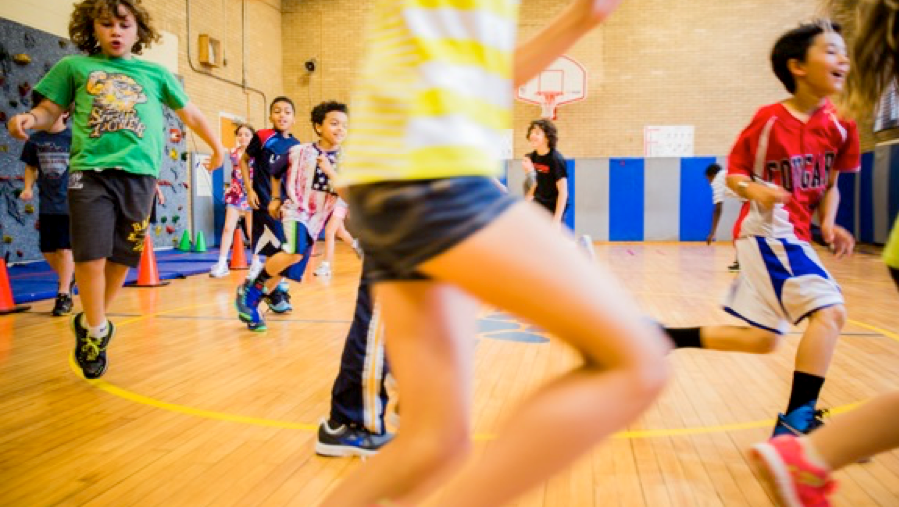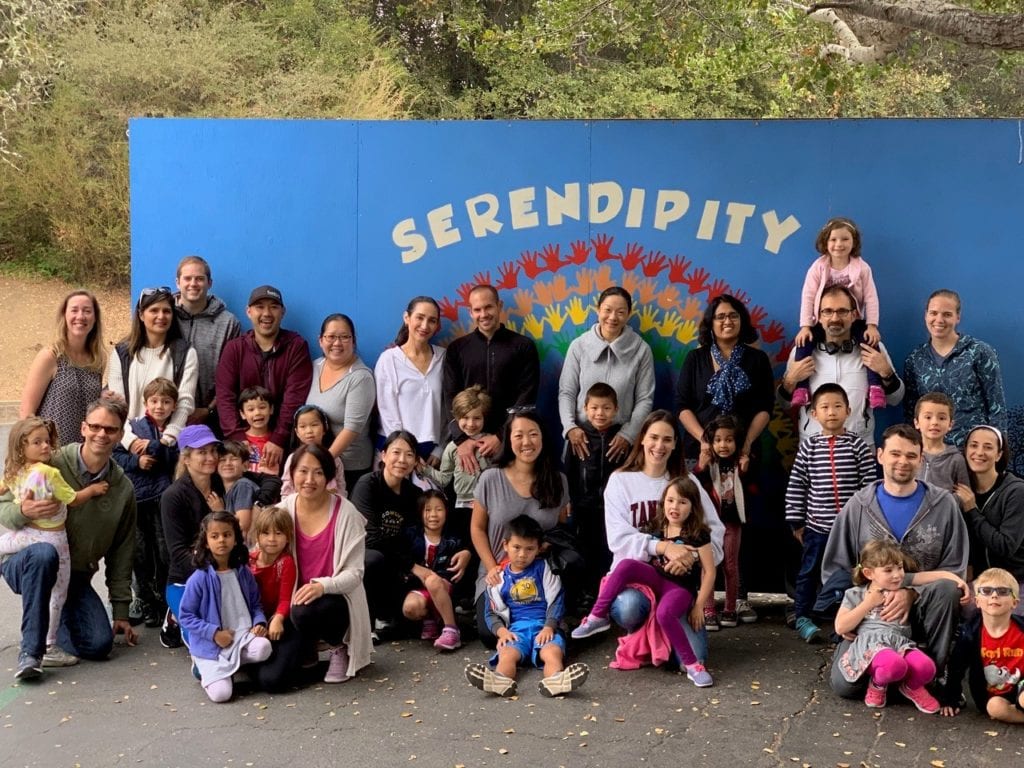By: Kelly Cornett, MS
Centers for Disease Control & Prevention
The COVID-19 pandemic disrupted all aspects of daily life, including school operations and the capacity for schools to meet students’ physical and emotional needs. CDC aims to gain a better understanding of the pandemic’s impact on student health and to leverage evidence-based strategies to reduce that impact.
Since the widespread school closures to prevent COVID-19 transmission in March 2020, CDC has created new channels for collecting data to monitor the pandemic’s impact. The COVID Experiences (CovEx) study and the Adolescent Behaviors and Experiences Study (ABES) have both been useful sources of data that provide pandemic-related insight directly from students and parents.
The CovEx study focused on child well-being, including physical health, mental health, and emotional health, as well as stress and anxiety indicators. Baseline data were collected from October through November 2020, with follow-up data collection in March and April 2021. Survey responses were collected from about 1,500 parents of children ages 5–12 and from about 700 adolescents ages 13–19.
CovEx results showed that during the pandemic, many parents experienced loss of work, were concerned about job stability, and had childcare challenges. Many parents also reported that their well-being had been impacted by emotional distress, difficulty managing emotions, and difficulty sleeping. Similar challenges were reported among the indicators of child well-being: a large proportion of parents reported that their children experienced decreases in physical activity, decreased time spent outside, and decreased time spent with friends. The results for most well-being indicators for both children and their parents were better for students who were attending school in person than for those receiving virtual instruction only or combined virtual/in-person instruction.
The ABES study, assessed the pandemic’s impact on student health, including emotional well-being. Access to the online survey was provided by teachers in the spring of 2020 to a nationally representative sample of students in 9th through 12th grade at both public and private schools. The survey included questions from the Youth Risk Behavior Survey (YRBS) on various health-related topics, such as substance abuse and violence victimization (defined by the US Department of Justice as rape, sexual assault, robbery, aggravated assault, or simple assault). Newly added questions assessed students’ experience with racism, discrimination, and mental health during the pandemic.
Results recently published from the study found that 37% of students experienced poor mental health during the pandemic, 44% experienced feelings of sadness or hopelessness, and 20% had seriously considered attempting suicide. However, students who felt close to people at school – such as teachers, coaches, and school nurses – had a significantly lower prevalence of poor mental health during the pandemic.
So what do the CovEx and ABES results mean for physical education and physical activity professionals who want to support the mental and physical health of our students?
School-based physical activity programs are critically needed, and there is an even greater need for policies that increase the amount of time for physical activity during the school day. Physical education teachers and physical activity leaders within schools can play a pivotal role in proposing regularly scheduled time for recess, classroom-based physical activity, daily physical education, and out-of-school time programs.
Physical health educators can support social, emotional, and mental health programs and services through instructional strategies that engage students, help them express their emotional needs, and create more social interactions with peers. Educators should continue asking students about their needs, experiences, and feelings, as well as recognize that both parents and teachers may need support through school-based wellness programs.
The findings from CovEx and ABES show us that decreased physical activity and isolation can adversely affect children, both physically and emotionally, and that chronic stress can affect the well-being of both parents and their children. These findings underline the need for public health professionals, community partners, and school leaders to act locally to increase opportunities for physical activity, provide culturally appropriate physical activity programs and resources, support pandemic-related prevention efforts, and collaborate more with social and mental health services.
In CDC’s National Center for Chronic Disease Prevention and Health Promotion, we envision vibrant, thriving, active communities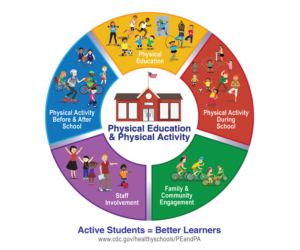 where people live, work, and play. Schools are in a unique position to be champions in the community and can lead by example through implementing Comprehensive School Physical Activity Programs that increase physical activity opportunities before, during, and after school. School-based physical activity and physical education play a major role in fostering an activity-friendly community and helping students get the recommended amount of daily physical activity that promotes lifelong health and well-being.
where people live, work, and play. Schools are in a unique position to be champions in the community and can lead by example through implementing Comprehensive School Physical Activity Programs that increase physical activity opportunities before, during, and after school. School-based physical activity and physical education play a major role in fostering an activity-friendly community and helping students get the recommended amount of daily physical activity that promotes lifelong health and well-being.
———————————-
Kelly Cornett, MS, is a Health Scientist on the Research Application and Evaluation Team of the Healthy Schools Branch in CDC’s Division of Population Health.
The views expressed in written training materials, publications, or presentations by CDC speakers and moderators do not necessarily reflect the official position of CDC or the US Department of Health and Human Services.
